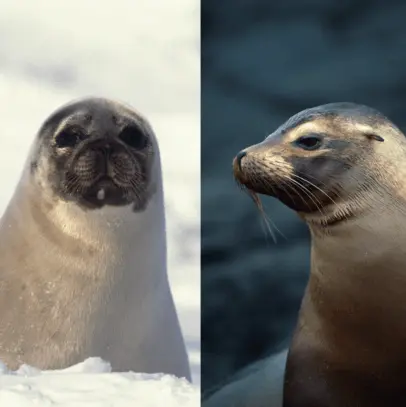
10 Interesting Facts About the Difference Between Sea Lions and Seals
At first glance, sea lions and seals may look quite similar—sleek, whiskered marine mammals lounging on beaches or gliding through turquoise waters. But look closer, and you’ll discover that these ocean cousins are surprisingly different. Whether you’re exploring the stunning Sea of Cortez or watching wildlife in Baja, here are 10 expanded facts that will help you tell these two apart—and appreciate them even more.

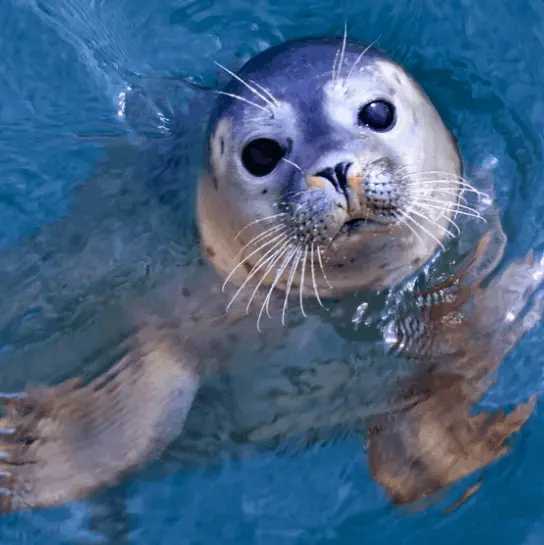
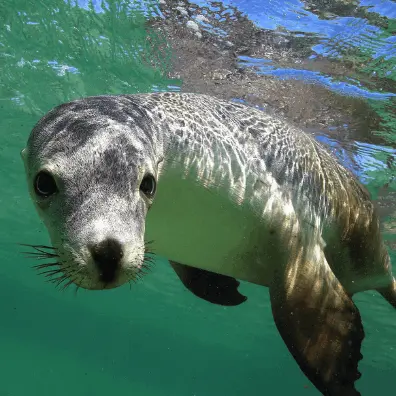
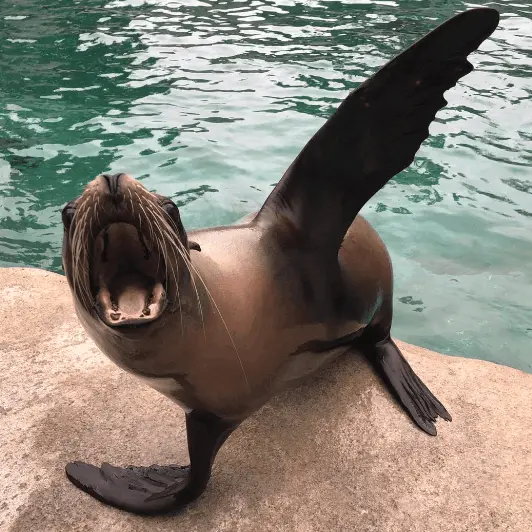


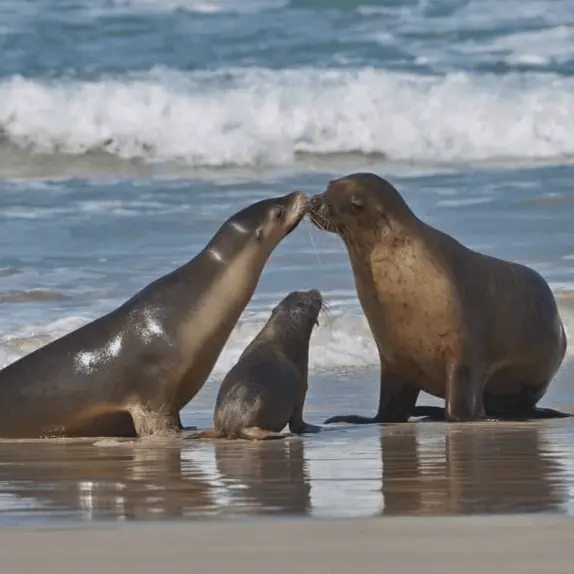
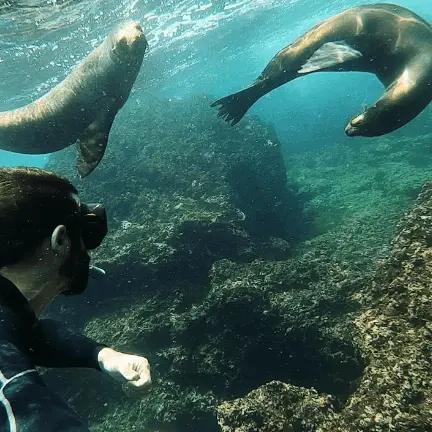
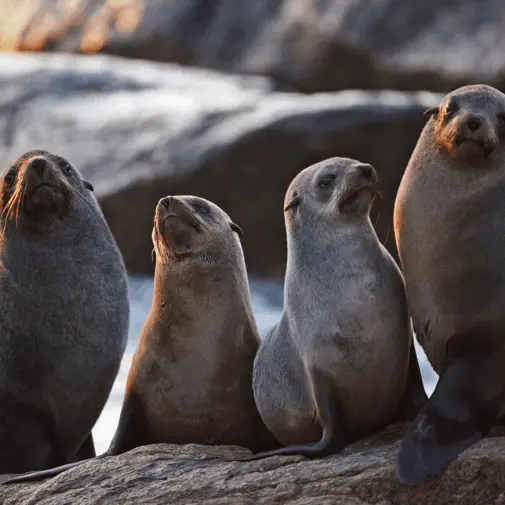
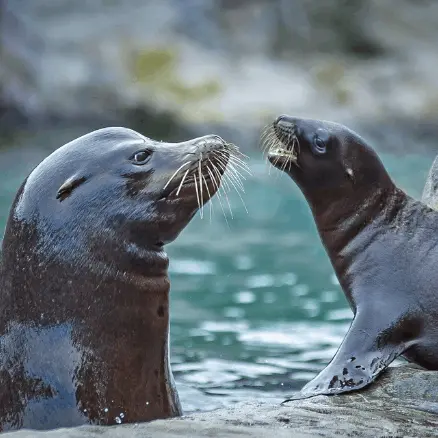

Follow Us